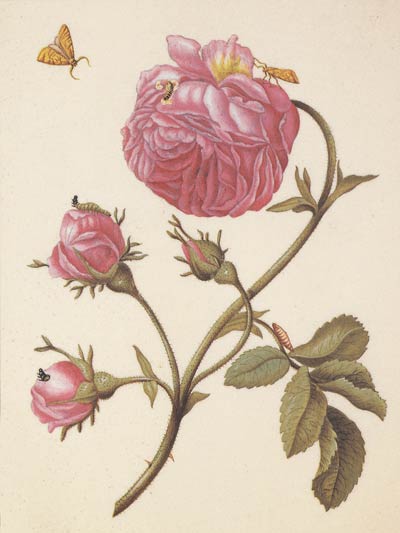
This Article From Issue
July-August 2007
Volume 95, Number 4
Page 371
DOI: 10.1511/2007.66.371
Long before Darwin set sail on the Beagle, Maria Sibylla Merian (1647-1717) traveled to Surinam to study the life cycles of moths and butterflies. The first European naturalist to make an overseas voyage with the sole purpose of scientific observation and the first to investigate the rain-forest canopy, she insisted on documenting insects and other creatures within their ecological contexts. Since her death, her work has largely been dismissed and ignored, but it influenced such thinkers as Erasmus Darwin and Carolus Linnaeus.
Kim Todd's engaging biography, Chrysalis: Maria Sibylla Merian and the Secrets of Metamorphosis (Harcourt, $27), recognizes Merian's contributions and puts her career in perspective. Relying on Merian's study book and letters, historical documents, and skillful speculation that only occasionally tests our sense of the plausible, Todd recreates her life and explores her significant impact on both entomology and ecology.

From Chrysalis: Maria Sibylla Merian and the Secrets of Metamorphosis
Especially fascinating is Todd's account of Merian's early work: She began by painting unflawed flowers, but soon the insects that populated those blooms crept into the paintings, eating holes in petals, hanging their pupae from stems. As Todd notes, it is impossible not to see a sly sense of humor in the (almost) perfect pink rose shown here—and a conscious shift from traditional depiction to a more accurate view. Yet Merian's engravings and prints do not sacrifice art for science; rather, they use art to illuminate the species portrayed. As Merian wrote of flowers and insects, "They make one alive through the other."

American Scientist Comments and Discussion
To discuss our articles or comment on them, please share them and tag American Scientist on social media platforms. Here are links to our profiles on Twitter, Facebook, and LinkedIn.
If we re-share your post, we will moderate comments/discussion following our comments policy.